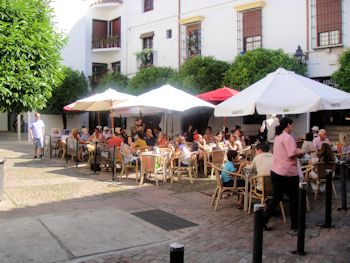
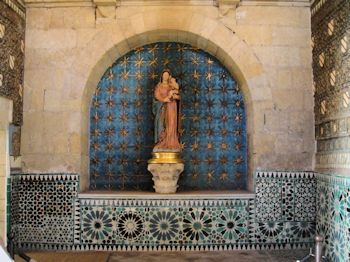
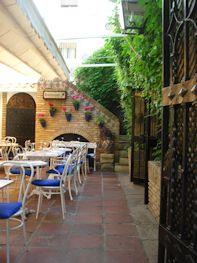
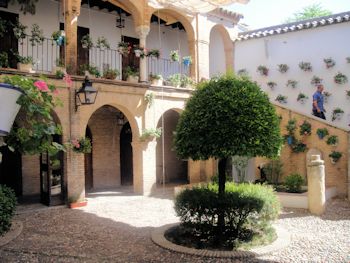
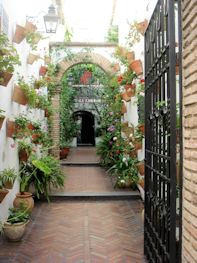
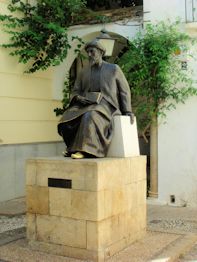
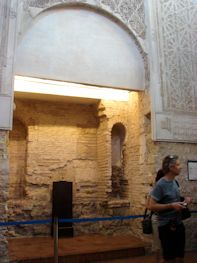
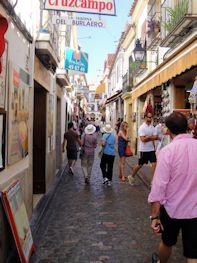
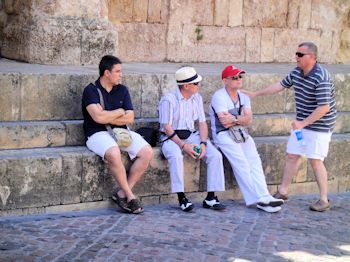
The Daily Diary of a Wandering Restaurateur
Exploring Cordoba
Today is our day to explore at least some of the old part of town. The Mezquita doesn't open until 2pm on Sunday and it is likely to be hot and crowded, so we figure if we come up around 5-5:30, it will be a little more pleasant. Factoring in the obligatory tapas for lunch and the afternoon siesta, this left us a few hours to explore the old Jewish Quarter of town.









A few more photos to give some of the flavor of the Jewish Quarter. The statue is of Jewish writer and philosopher Maimonides. (Rick Steves describes him ason of Cordoba's deepest-thinking homeboys!) The small synagogue was built in the early 1300s under Christian rule, but the islamic decoration has roots that go back even farther. But being a tourist area, the big attraction is shopping ... and wherever you find shopping you will find men waiting for their wives to get it over with!
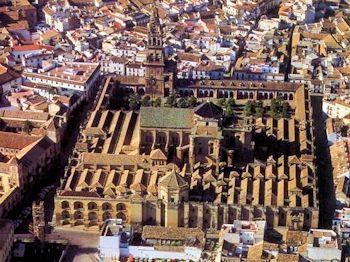
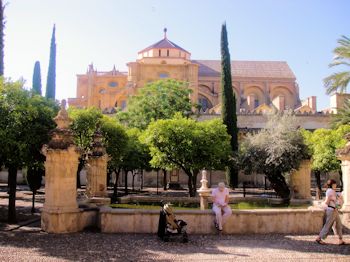
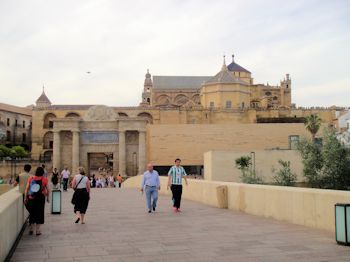
I arranged another difficult aerial shot to give you a better idea of the size and layout of the Mezquita. It is massive, of course, but also a classic example of what happened back in the day when one religious faction defeated another. In this case, it was the Christians driving the Moors out of Spain in the mid-1200s, known (at least to the Christians) as the Reconquista. The standard practice was to convert the mosques to Christian cathedrals and rework the minaret into a bell tower, in an effort to erase any traces that "the others" were ever there.
In Cordoba they were particularly in-your-face about it, building a cathedral that rose out of the center of what was one of the largest mosques in the world at the time. You enter the building through a grove of orange trees.I actually found the Islamic sections of the building more spiritual and inspiring than the Christian elements, but again I will let the pictures convey the feeling of the place and you can decide.
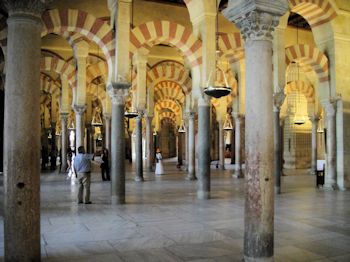
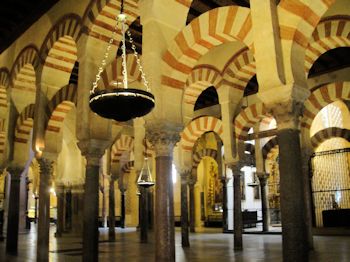
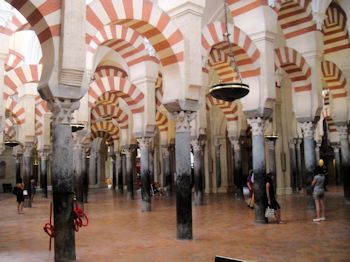
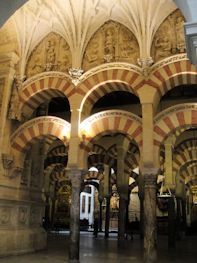
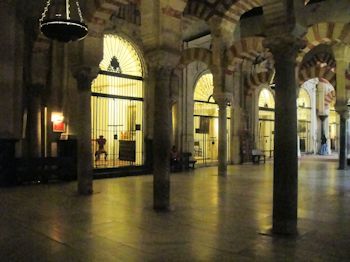
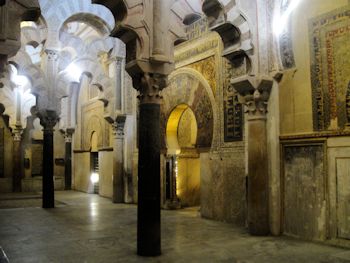
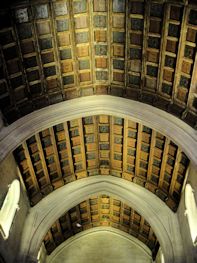
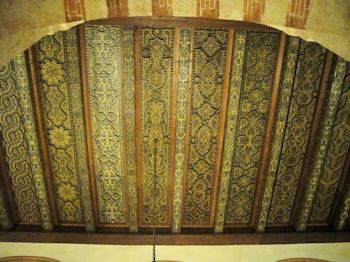
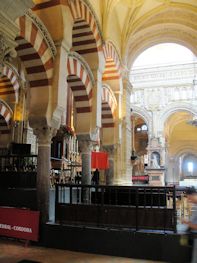
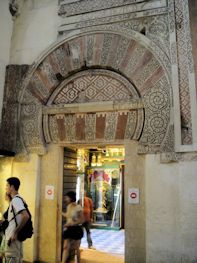
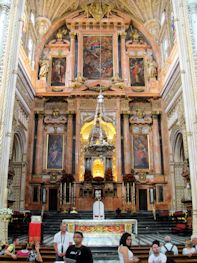
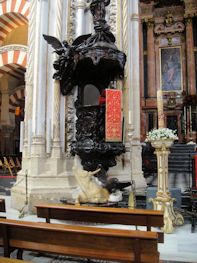
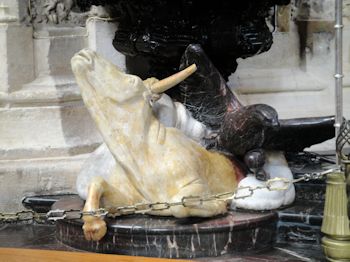
Notice the difference in the depth of design between the Islamic ceiling (third row right) and the Christian one beside it. I'm sure there is some deeper symbolism that is escaping me but I couldn't help but notice that the sculpture under the pulpit is a bull.
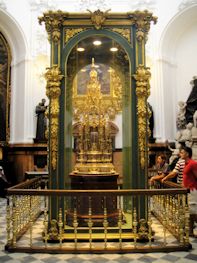
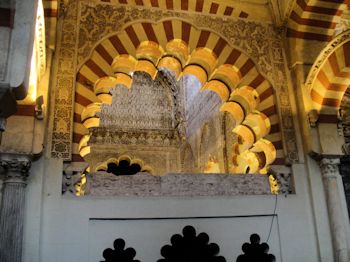
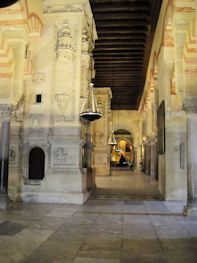
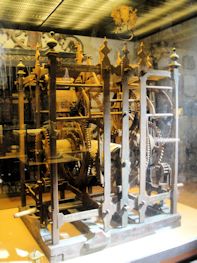
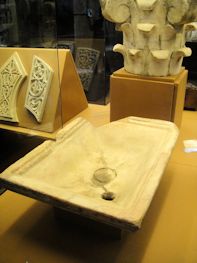
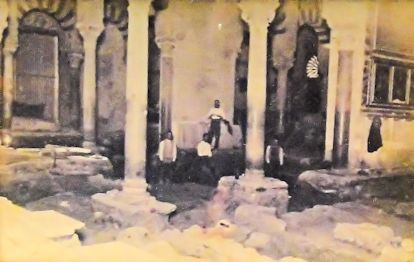
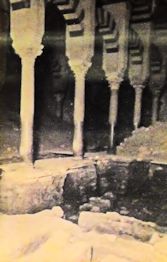
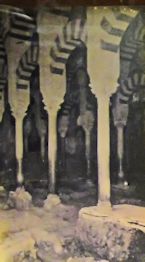
The building also served as a bit of a museum with various artifacts related to the structure over the years. The mechanism is circa 1747 and had something to do with the bell tower. I was thinking, "there's everything here but the kitchen sink" ... and then there it was ... from 700-something! The building is maintained in remarkable shape these days, but these old photos suggest that such was not always the case. Now THAT would be a project!
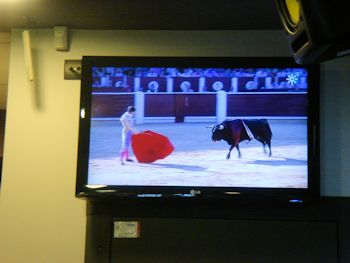
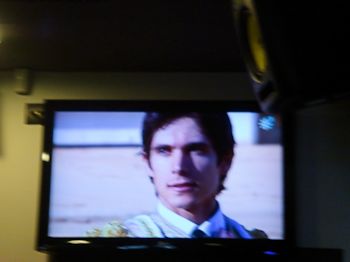
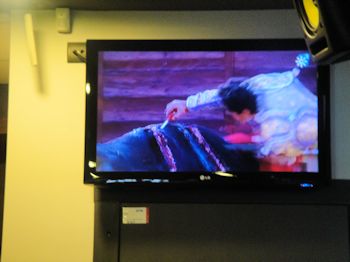
What could be more typically Spanish than sitting in a small bar eating tapas, drinking good wine and watching the bullfights on TV? I think I can guess why Margene suddenly warmed up to the idea ... and the matadors were certainly pretty (and dressed very well!) But to call it a "fight" implies evenly-matched contenders and it is definitely not that. The system is clearly designed to guarantee that the bull will lose ... and lose they do. Perhaps in the Spanish psyche there is some poetry in all this but it reminded me of the gladiators in the Roman Colosseum, dying for the amusement of the crowd. No disrespect intended, but it just seemed like a waste.
© 2012 Restaurant Doctor